Spruce Pine is home to the world's purest quartz mine, and Sibelco is the company that refines the finest quartz for the semiconductor industry.
Appalachian and Spruce Pine - this land is not rich, the downtown area has only a train station, a few two-story brick houses, a long-closed movie theater. However, the surrounding mountains are rich in desirable minerals, some valuable for industrial use, especially quartz.
Unlike any other quartz on earth, however, Spruce Pine has the purest natural quartz. This extremely superior deposition of silicon dioxide particles plays a vital role in the production of silicon used to make semiconductor chips.
Glover, a retired geologist who spent decades hunting for valuable minerals in the hillsides and valleys of the Appalachian and Spruce Pine Mountains, said: “It’s a multi-billion-dollar industry here,” Glover told Wired with a laugh. “You wouldn’t know it from driving through here, and you probably never will.”
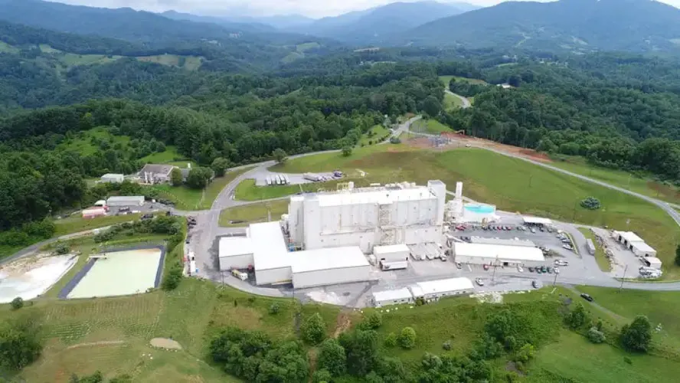
Sibelco's plant complex in Spruce Pine. Photo: Sibelco
In the 21st century, sand has become more important than ever, especially in the semiconductor industry. Most of the world’s sand is made of quartz, a form of silicon dioxide, also known as silica. High-purity silicon dioxide particles are an essential raw material for making computer chips, fiber optic cables, and other high-tech hardware. The amount of quartz used for these products is tiny compared to the mountains of quartz used to improve concrete or soil. But its impact is immeasurable in the digital age.
Refining pure quartz is very difficult, but Spruce Pine is blessed with a huge quartz deposit and is considered the purest in the world. It is the result of a unique geological history, when about 380 million years ago, geological movements between the African continent and the Americas created friction with temperatures exceeding 2,000 degrees Celsius, causing layers of rock, called pegmatite, to melt. 100 years later, this molten rock buried deep underground cooled and recrystallized. Through geological activities, they began to rise to the surface.
For years, locals dug up pegmatites, crushed them with hand tools or rudimentary machinery, and separated the feldspar and mica for use, leaving the quartz as “trash,” fit only for building sand or discarded. But in the mid-1950s, thousands of miles away in North Carolina, a group of engineers in California began researching pure quartz for semiconductors.
At that time, the transistor market was heating up rapidly. Texas Instruments, Motorola, and other companies began racing to create smaller, more efficient transistors for use in computers. Among the materials used in transistors were germanium and silicon.
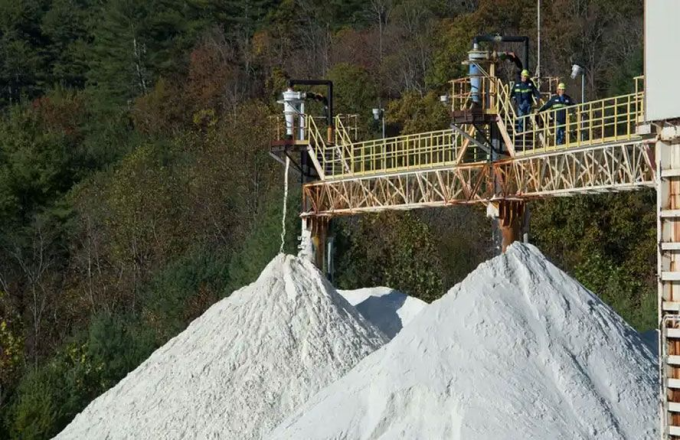
Sibelco mines quartz ore in Spruce Pine. Photo: Sibelco
The breakthrough came in 1959, when Robert Noyce and his colleagues at Fairchild Semiconductor figured out how to cram multiple transistors onto a piece of high-purity silicon the size of a fingernail. NASA chose Fairchild's microchips for use in its space program, and the company's chip sales grew rapidly from there.
Creating these chips is a very complex process. They essentially require pure silicon, because the slightest impurity can ruin everything. Silicon is easy to find because it is one of the most abundant elements on Earth. However, it requires a lot of extraction. Using pure quartz would save time and money.
Normally, sand is fired in an electric furnace at high temperatures to create a chemical reaction that separates most of the oxygen, leaving behind 99% pure silicon. However, that is not enough. Silicon for solar panels must be 99.999999% pure, while computer chips are even more demanding, 99.99999999999%. But with quartz from Spruce Pine, purity can reach 99.998%, even 99.9992% - a factor that significantly reduces the cost of separating impurities.
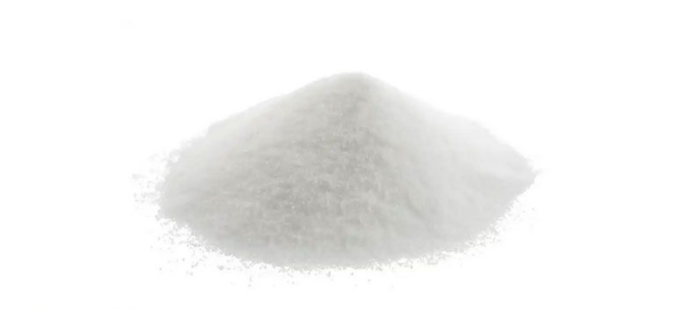
Quartz after being refined. Photo: Sibelco
But even with pure quartz, not everyone can refine pure silicon. “The modern economy is based on a single street in Spruce Pine, which leads to the Sibelco North America facility, a company that mines and refines ultra-high-purity quartz,” Ethan Mollick, a professor who studies AI and semiconductors at the Wharton School of Business at the University of Pennsylvania, told Tom’s Hardware .
On its website, Sibelco also claims to be “the only supplier of quartz for refining silicon wafers in chip manufacturing.” However, the company’s existence is not as well known as TSMC, Intel, ASML or Samsung in the semiconductor field.
Sibelco's uniqueness, some experts say, is demonstrated by the fact that the fused quartz it produces offers "excellent" optical, mechanical and thermal properties for semiconductor manufacturing, photovoltaic cells in solar panels as well as optical fibers in telecommunication cables.
According to Mollick, the importance of Sibelco in particular and Spruce Pine in general is huge. Quoting from Conway's book The Material World and published on X on March 24, he argues that there would be "the end of computer chip production" if something bad happened at Spruce Pine or the sky above it.
"Regardless of the reason, any sudden shutdown or disruption in quartz mining operations at Spruce Pine could cause a 'quite catastrophic' incident that could set back chip production by years," Mollick added.
Bao Lam
Source link






![[Photo] Cat Ba - Green island paradise](/_next/image?url=https%3A%2F%2Fvphoto.vietnam.vn%2Fthumb%2F1200x675%2Fvietnam%2Fresource%2FIMAGE%2F2025%2F12%2F04%2F1764821844074_ndo_br_1-dcbthienduongxanh638-jpg.webp&w=3840&q=75)

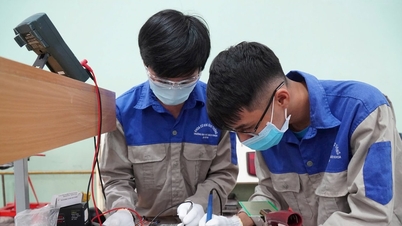



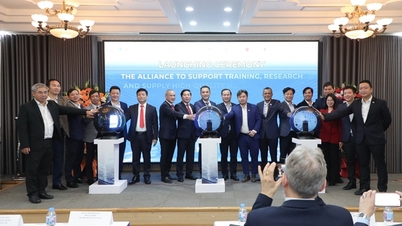

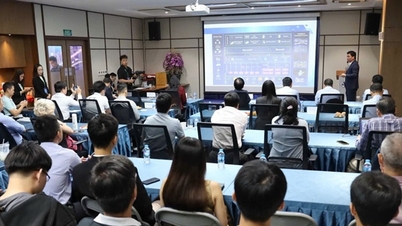

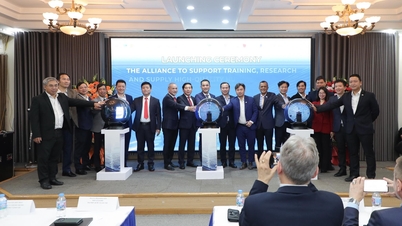

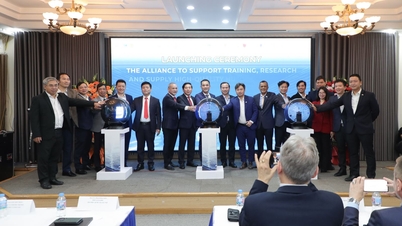






















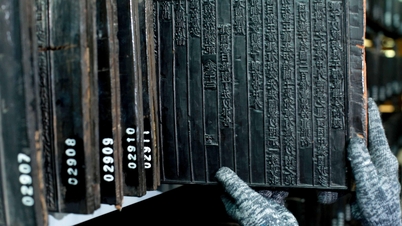





















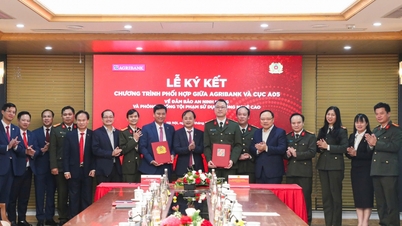

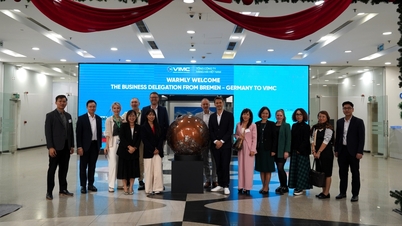




















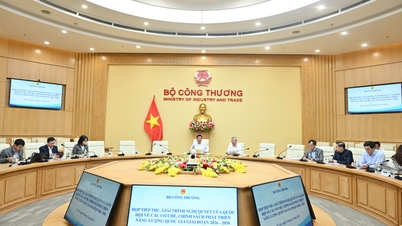







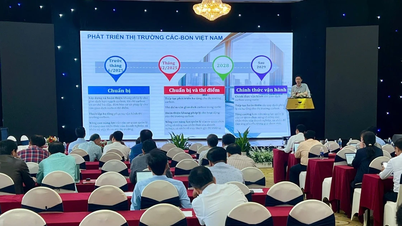



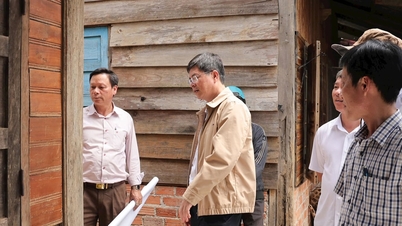













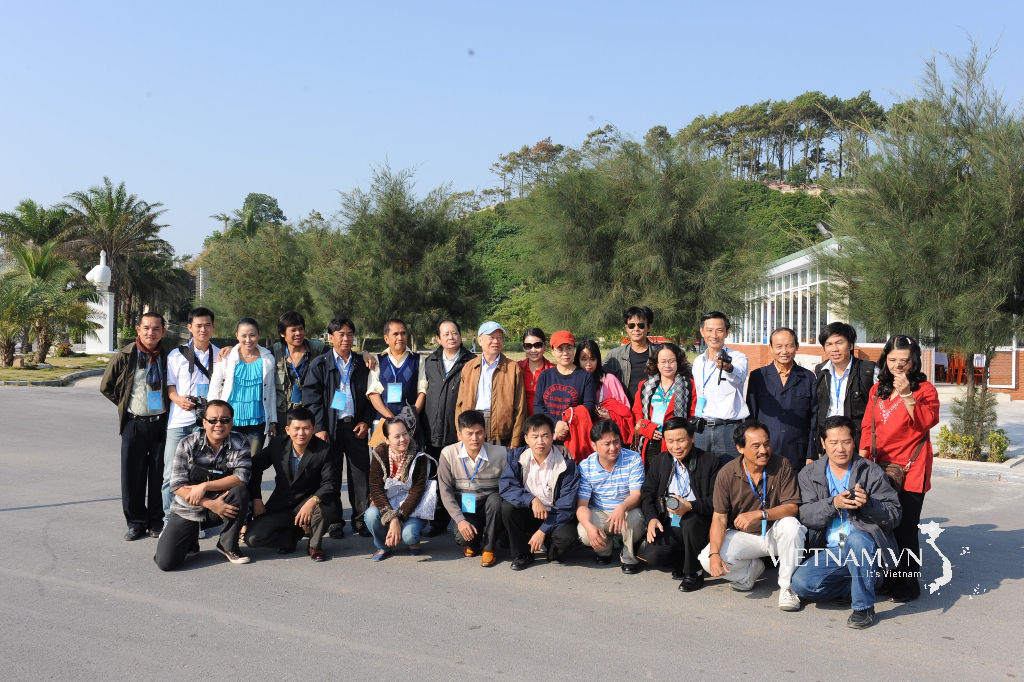
Comment (0)